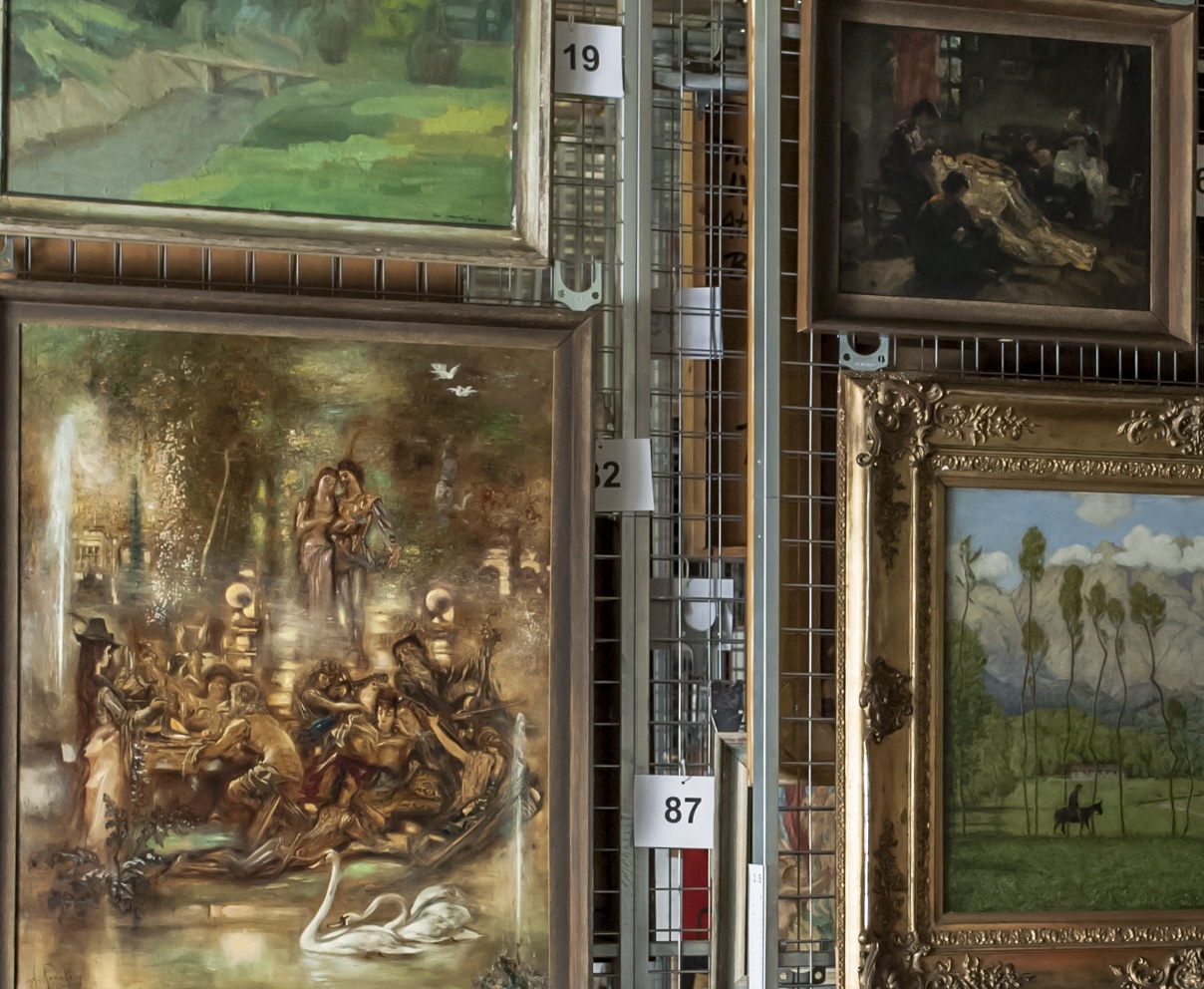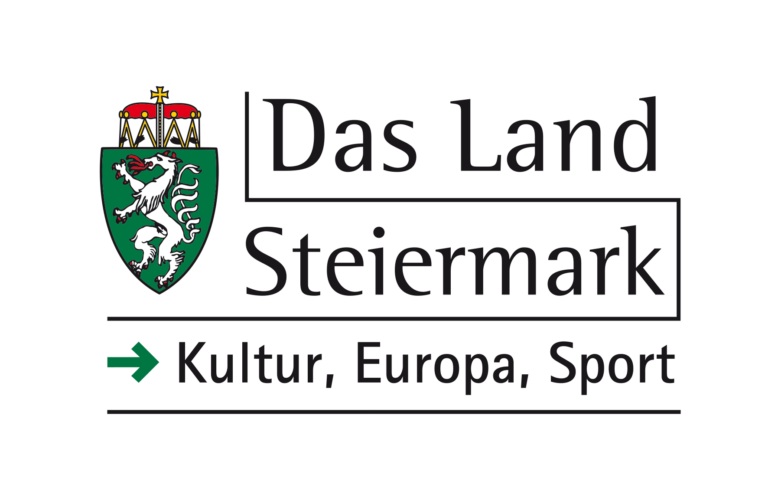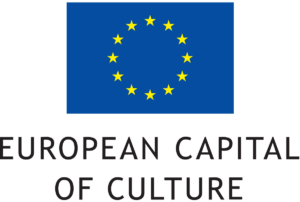Three different art exhibitions of a special kind at three locations: During the Second World War, Hitler and the most important Austrian museums and art dealers used the Salzkammergut to bring masterpieces of European art history to safety or to protect museum collections from destruction.
In “The Journey of the Pictures”, the Lentos focuses not only on Hitler’s planned “Führer Museum Linz” and the secret salvage operations, but also on the temporary art camps in St. Agatha, Bad Aussee, Altaussee and Bad Ischl/Lauffen. In the Kammerhofmuseum Bad Aussee, the life and work of the Berlin art dealer Wolfgang Gurlitt and his Jewish business partner Lilly Christiansen, who lived in Bad Aussee from 1940 onwards, are dealt with. And in Lauffen, the systematic theft of art, a well-known phenomenon since antiquity and a means of legitimising cultural dominance, will be the subject of works and installations by contemporary artists.
participants
Lentos Kunstmuseum Linz (project sponsor)
Elisabeth Nowak-Thaller (Project Manager / Curator, Lentos)
Birgit Schwarz (expert on Nazi art policy, guest curator, Lentos)
Markus Proschek(Curator Lauffen)
Hemma Schmutz (Director Museums of the City of Linz, Curator Lauffen)
Lisa Neuhuber, Martina Rothschädl (Project Management Salzkammergut 2024)
















